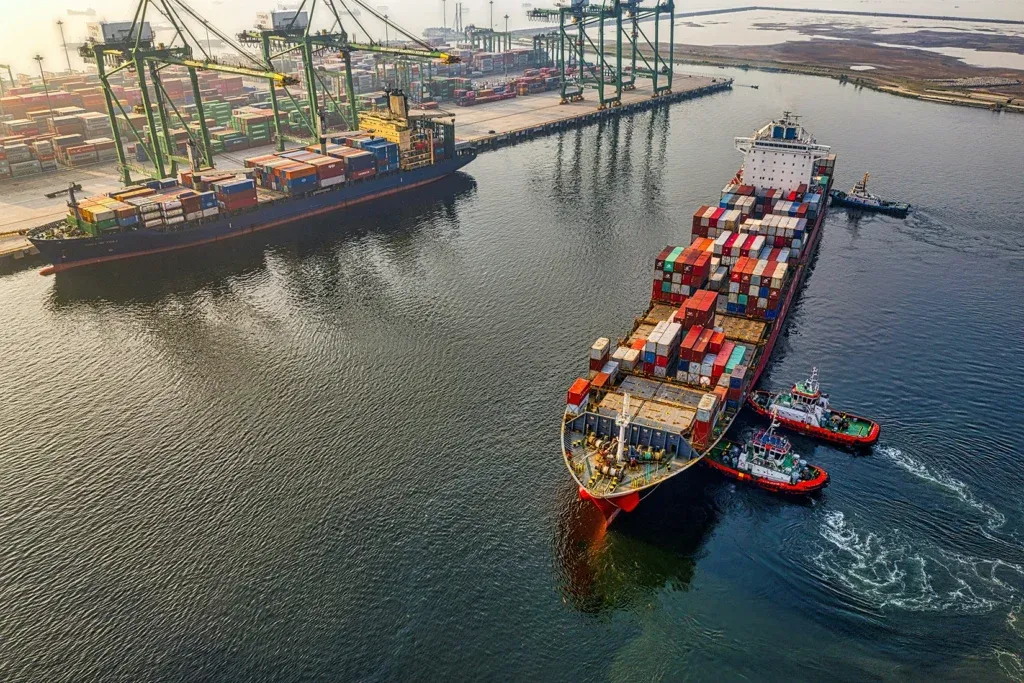Decarbonizing Ocean Freight: What’s Possible in 2025

As global trade expands, ocean freight remains the backbone of international commerce, responsible for transporting approximately 90% of goods worldwide. However, this efficiency comes at an environmental cost: the maritime industry emits nearly 3% of global CO₂ emissions. In 2025, efforts to decarbonize ocean freight are no longer theoretical—they’re becoming practical realities. With increasing regulatory pressure, industry innovation, and investment in sustainable practices, ocean freight is gradually steering toward a low-carbon future.
Regulatory Momentum Driving Change
The International Maritime Organization (IMO) has established clear emissions reduction targets, including a 20% reduction in total annual greenhouse gas emissions by 2030 and a goal of achieving net-zero emissions by 2050. These global standards have pushed shipowners and operators to invest in greener technologies. In 2025, more regions are introducing Emission Control Areas (ECAs) and implementing carbon pricing, thereby encouraging the faster adoption of decarbonization strategies.
Alternative Fuels on the Rise
Fuel choice is critical in reducing emissions. In 2025, several alternative fuels are making significant strides:
- Liquefied Natural Gas (LNG). While still a fossil fuel, LNG emits less CO₂ than heavy fuel oil. It’s widely adopted as a transitional option.
- Methanol and ammonia. Both are considered promising zero-carbon fuels, especially when produced from renewable sources. Methanol-powered ships are already entering the market.
- Green hydrogen. Though still in early stages, hydrogen offers zero emissions at the point of use. Fuel cell technologies are being piloted in niche maritime operations.
- Biofuels. Derived from organic sources, biofuels offer a drop-in solution with minimal engine modifications.
The challenge remains in scaling production and ensuring fuel availability at major ports.
Wind and Solar Technologies
Modern sails and rotor sails are re-emerging as auxiliary propulsion systems. Companies like Maersk and Airseas are equipping vessels with automated kite sails and Flettner rotors, helping reduce fuel use by 5–20%. Solar panels, while less powerful, are being installed to support auxiliary power systems.
Digitalization and Efficiency
Digital tools are proving critical in optimizing voyages and reducing fuel consumption:
- AI-powered route optimization helps ships avoid bad weather and select fuel-efficient paths.
- Digital twins and predictive maintenance enhance engine efficiency.
- Real-time emissions tracking allows companies to meet ESG goals and comply with carbon reporting standards.
In 2025, more shipping companies are using IoT sensors and data analytics to make voyages smarter and greener.

Ship Design and Retrofits
New vessel designs are emerging with energy efficiency as a core priority:
- Hydrodynamic hull forms, air lubrication systems, and lightweight materials improve fuel efficiency.
- Retrofitting older ships with energy-saving devices (e.g., shaft generators, low-friction coatings) is a growing practice in 2025.
These upgrades, while costly upfront, offer long-term savings and emission reductions.
Port Infrastructure and Green Corridors
Ports are evolving to support decarbonization:
- Onshore power supply (cold ironing) allows vessels to plug into the grid while docked, reducing emissions from auxiliary engines.
- Bunkering infrastructure for alternative fuels is expanding at major global ports.
- Green shipping corridors, dedicated routes with aligned regulations and sustainable port facilities, are being established between major trade hubs.
Collaboration and Investment
Shipping decarbonization in 2025 is being driven by a combination of public-private partnerships. Companies are forming alliances, such as the Getting to Zero Coalition, and banks are increasingly applying the Poseidon Principles, linking ship financing to emission targets.
Venture capital and government subsidies are also supporting startups developing cleaner maritime tech—from wind propulsion systems to green fuel production.
Conclusion
The path to decarbonizing ocean freight is complex, but in 2025, meaningful progress is underway. While full decarbonization is still decades away, today’s actions are laying a crucial foundation. By investing in technology, transitioning to greener fuels, and fostering industry collaboration, the maritime sector is steadily charting a course toward a sustainable, zero-carbon future.
